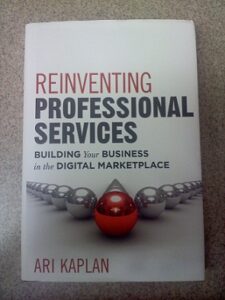Keep your digital panties on people!
I love Twitter. It’s my favorite social media platform. I love that it provides an easy way to start a conversation with someone you wouldn’t otherwise have a chance to talk to other than sending an awkward email. One lesson that’s been drilled into my head by my social media expert friends is that social media is a communications tool. It’s not a digital billboard.

One thing that annoys me on Twitter is what I call “digital panty throwing.†This is when a person (male or female) asks a celebrity for a retweet because they think the celebrity is hot, or it’s their birthday, or they want the celebrity to help them bring attention to a cause. There’s no real communication going on there. The person is using the celebrity to get attention and too many celebrities are indulging these people. Stop it!
I became aware of his problem during the 2012 Olympic Games. I love gymnastics so I followed the U.S. men’s team. I figured they could share insights and experiences from inside the games without the obnoxiousness teenage girliness that would be all over the women’s profiles, because well, they’re teenage girls. Unfortunately, the men flooded their feeds with retweets of girls telling them how cute they are. I understand they wanted to keep their fans happy and they appreciated the attention, but it added nothing to the online conversation and it was more insufferable than anything else.
I had the pleasure of talking with Gary Vaynerchuk this year. He said retweets like this are simply bragging and quite unattractive. I think the only time it’s ok to retweet what other people say about you is when you’re enhancing the conversation or sharing something that you suspect a significant portion of your followers will want to read. Otherwise, enjoy the attention by yourself. If someone wants to know what other people are saying to and about you, they’ll look it up themselves.
The novelty of Twitter has worn off. It’s just a tool to talk with people – not at them. If there’s a celebrity you want to talk to, engage them in a meaningful way. No one cares if you think they’re hot (we already know that) or you want them to wish your brother a happy birthday.
If you’re someone who has a strong following, please don’t encourage digital panty throwing by conceding to these requests for retweets. I know you’re awesome. Retweeting stupid requests from fans makes you look less awesome.
Related articles
- The Thank You Economy, Social Media By Gary Vaynerchuk (knogimmicks.com)
- Twitter: Four Reasons You Don’t Get Retweeted (business2community.com)




